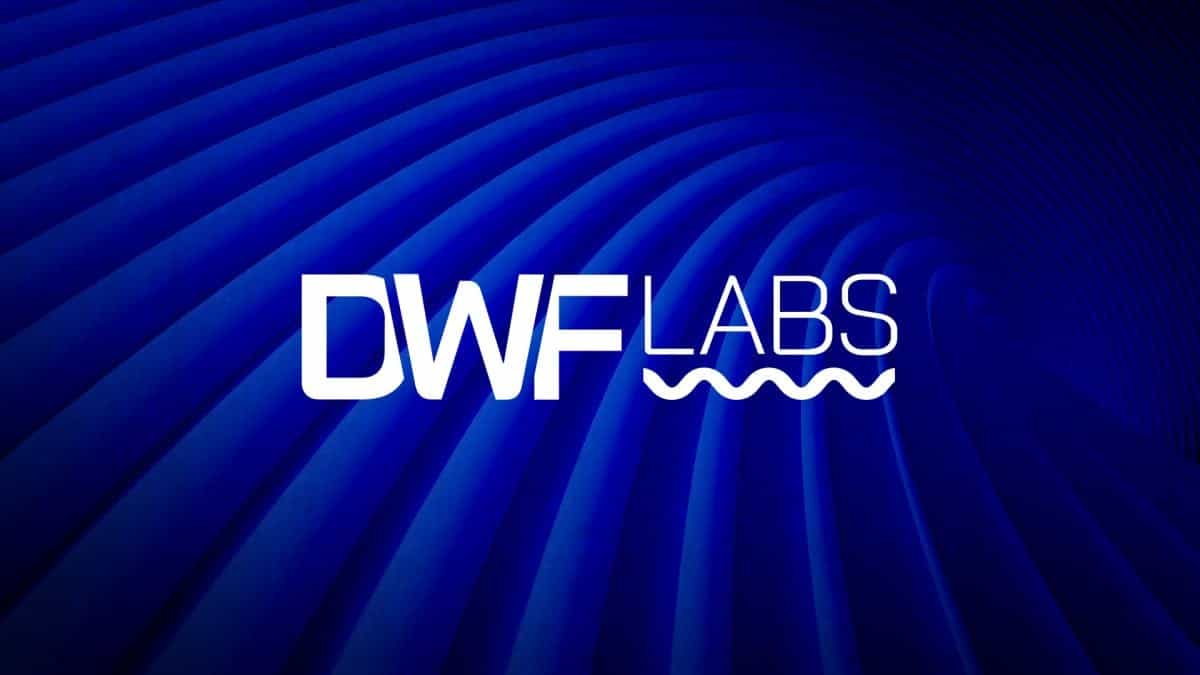EigenLayer airdrop faces backlash over inability to move tokens and blocked jurisdictions

Quick Take
- The details of the EigenLayer token were revealed yesterday, with a 15% airdrop allocation to ecosystem participants.
- The plan faced criticisms relating to the lack of transferability of the token and its heavy handed approach to blocking jurisdictions.

The details surrounding the long-awaited EigenLayer airdrop were revealed yesterday to much fanfare — but also to hefty criticism.
The plan outlined that 45% of the 1.67 billion token supply at launch will be allocated to its community, with a third of that coming in the form of an airdrop. That airdrop will be split up into multiple seasons with the first season — handing out 5% of the supply — coming in two parts, with a focus on rewarding those who had staked with the protocol.
A range of concerns were highlighted, but the key one appears to be the lack of transferability of the token when it first goes live. EigenLayer said that when the token is launched it will be non-transferable for “months” to allow ample time for decentralization and to foster community consensus regarding the token’s utility and governance.
However, this raised concerns as it could have a negative impact for those receiving the airdrop. “EigenLayer team and investors are getting 55% but stakers are getting only 5% and even that will not be transferable at the beginning,” posted a crypto trader known as CoinMamba on X.
It’s unsurprising this was such a contentious topic as it was a big issue for the Starknet airdrop in February.
When the Starknet token went live for trading, it was initially the case that investors and core contributors would have their tokens unlocked just weeks later. This was due to happen because the token was technically created a year before it was made available for trading — silently churning through the investor vesting schedules even though the token wasn't really live. However, after its own backlash, the investor unlocks were moved back.
EigenLayer did not reply when asked whether the investor token allocations would start vesting from the moment of the token’s creation or when the community tokens become transferable.
Facing more heat
Another main criticism was that the airdrop not only blocked a long list of countries, including the United States and Canada, but it also blocked VPN users. While this was presumably due to concerns over regulatory risk, some users complained that it was inconsistent that they were not blocked from using the platform but were excluded from the airdrop.
Others criticized the size of the airdrop, given that the majority of the tokens are going to investors and early contributors — although this is quite common with airdrops these days. Some claimed that the whitepaper, which described the “Universal Intersubjective Work Token” and concepts such as "intersubjective forking" as overly complex.
There was also confusion related to the eligibility of Pendle users for the airdrop. When the announcement was first made, crypto users figured that those who had participated in EigenLayer indirectly through Pendle were not getting part of the airdrop. The Eigen Foundation clarified that Pendle users would get part of the 10% of the initial airdrop of 5% of the token supply. However, Pendle’s price, which had already dropped, failed to bounce back and is now down 16% since the airdrop was announced.
The impact on the project’s future
While many airdrops have seen their share of criticism, the reaction to EigenLayer’s token plan has had a big impact.
Over the last 24 hours, there was a big spike in withdrawals from the platform. More than 7,000 withdrawals have been initiated, according to data from Dune Analytics. This has seen around 150,000 ETH ($457 million) removed from the platform, according to DefiLlama.
On the flip side, with the total value locked in the project’s smart contracts sitting at $15.6 billion, that hasn’t made much of a dent for now.
Disclaimer: The Block is an independent media outlet that delivers news, research, and data. As of November 2023, Foresight Ventures is a majority investor of The Block. Foresight Ventures invests in other companies in the crypto space. Crypto exchange Bitget is an anchor LP for Foresight Ventures. The Block continues to operate independently to deliver objective, impactful, and timely information about the crypto industry. Here are our current financial disclosures.
© 2023 The Block. All Rights Reserved. This article is provided for informational purposes only. It is not offered or intended to be used as legal, tax, investment, financial, or other advice.



